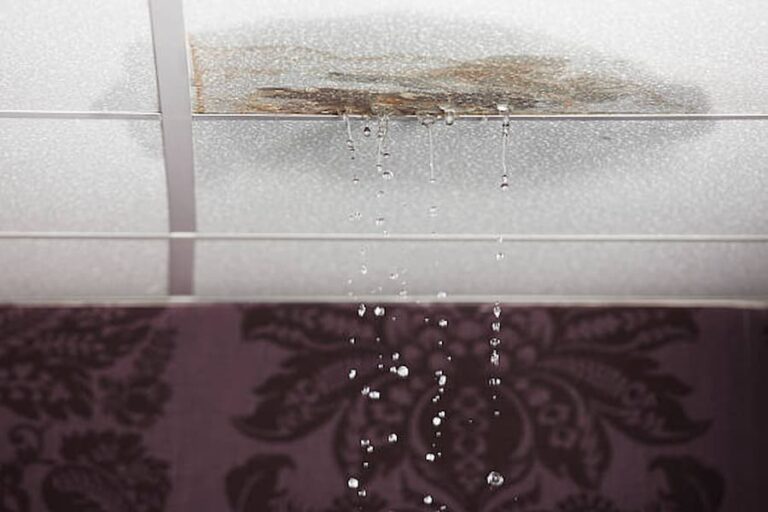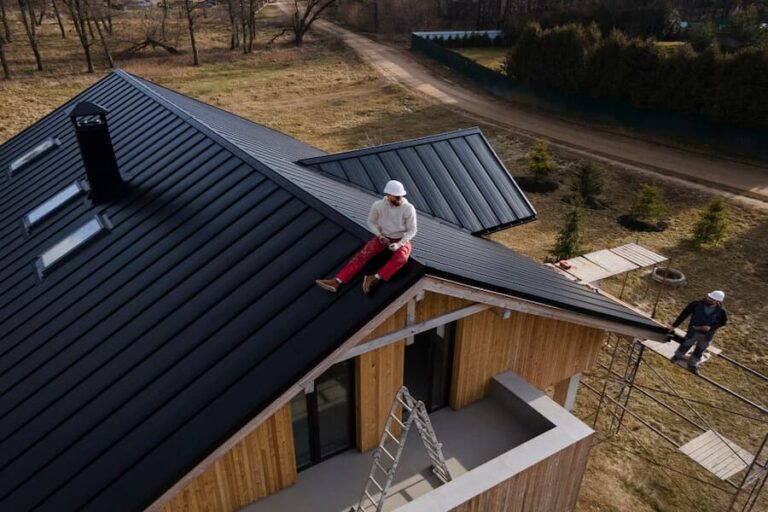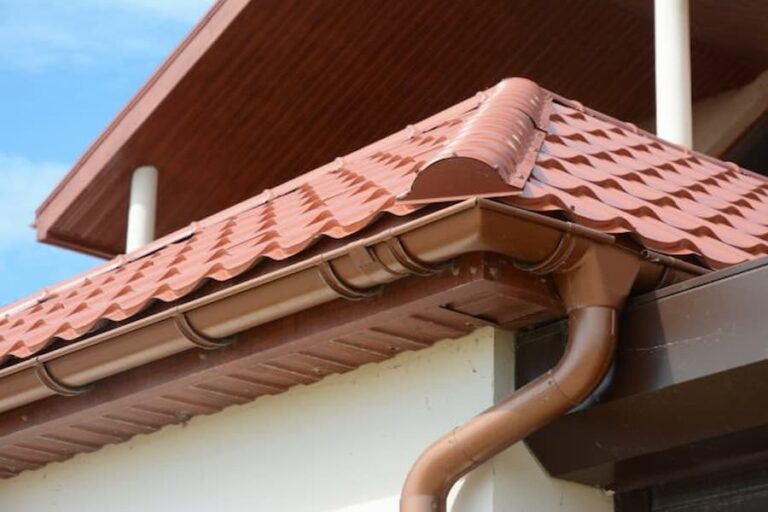How to Insulate a Metal Roof with Proven Techniques
Welcome to our comprehensive guide on “How to Insulate a Metal Roof with Proven Techniques.” If you’ve ever wondered about transforming your metal roof into a well-insulated haven, you’re in the right place. In this blog post, we’ll walk you through practical and proven methods to enhance your roof’s insulation, ensuring your home remains comfortable year-round.
Firstly, we’ll understand the importance of proper insulation for a metal roof, shedding light on energy efficiency and the impact on your utility bills. Then, we’ll transition seamlessly into a step-by-step exploration of the insulation process, breaking it down into manageable and actionable tasks. No need to worry if you’re not a seasoned DIY enthusiast; our guide is tailored for simplicity and effectiveness.
Whether you’re aiming to increase comfort, save on energy costs, or simply prolong the life of your metal roof, our insights and techniques will empower you to tackle the project with confidence. Let’s embark on this journey together and unlock the secrets to a well-insulated metal roof!
Read more about “What Is Included in Roof Replacement?” to understand all about roofing.
Why insulate a metal roof?
- Energy Efficiency: Insulating a metal roof regulates indoor temperatures, reducing the need for excessive heating or cooling and lowering energy bills.
- Noise Reduction: Insulation acts as a sound barrier, minimizing external noises and creating a quieter and more peaceful living environment.
- Moisture Prevention: Proper insulation helps prevent condensation and moisture buildup, safeguarding the metal roof from potential damage.
- Extended Roof Lifespan: Insulation contributes to the longevity of a metal roof by protecting it from environmental factors, reducing the need for frequent maintenance.
- Smart Investment: Beyond comfort, insulating a metal roof is a wise financial investment, providing ongoing savings, durability, and overall home well-being.
Types of insulation materials
Choose the insulation material that fits your metal roof’s needs, ensuring optimal energy efficiency and comfort in an easy and cost-effective manner.
- Fiberglass Batts: Affordable and easy to install, these provide good thermal resistance for metal roofs.
- Spray Foam Insulation: Applied as a liquid, it expands into a solid, creating a seamless and airtight barrier for effective insulation.
- Reflective Foil Insulation: This type reflects radiant heat, helping to keep the interior cooler.
- Rigid Foam Boards: Lightweight and resistant to moisture, they offer excellent insulation for metal roofs.
- Cellulose Insulation: Made from recycled paper, it’s an eco-friendly option that provides thermal protection.
Installation methods
- Prepare the Roof Surface:
Before diving into installation, meticulously prepare the roof surface. Begin by cleaning and smoothing it, removing any debris. If needed, conduct repairs to ensure the roof is structurally sound. - Install Underlayment:
Once the surface is ready, lay down a high-quality underlayment. This crucial step acts as a moisture barrier. Secure the underlayment to the roof deck using nails or staples, ensuring a strong foundation. - Place the Metal Sheets:
Start the installation process from one corner, methodically placing the metal sheets. Follow the manufacturer’s guidelines for proper overlapping, guaranteeing effective water drainage across the roof. - Secure with Screws:
Secure each metal sheet to the roof structure using appropriate screws. This step is pivotal in ensuring a tight and steadfast connection that withstands adverse weather conditions. - Apply Sealant:
Enhance the roof’s durability by applying a weather-resistant sealant along seams and edges. This seals gaps, creating a watertight barrier against the elements. - Secure Edges and Flashing:
Strengthen the roof’s resilience by securing the edges of metal sheets and installing flashing where necessary. This not only prevents wind uplift but also reinforces the roof against external elements. - Check Alignment and Overhang:
Regularly assess the alignment of metal sheets and verify the overhang. This not only contributes to the roof’s aesthetics but also ensures efficient water runoff. - Consult Installation Guide:
Refer to the manufacturer’s installation guide for specific instructions. Different metal roofing systems may have unique requirements, and adhering to guidelines guarantees a correct installation. - Inspect Each Step:
Throughout the installation process, meticulously inspect each step for accuracy and completeness. Check screws, confirm sealant application, and ensure overall alignment.
By following these step-by-step instructions you can confidently navigate the metal roof installation process, providing your home with reliable protection and longevity.
Costs and Savings
The cost of metal roof insulation varies based on factors like insulation type and installation complexity. On average, expect to spend $1.00 to $3.00 per square foot for materials. Professional installation typically adds $1.50 to $3.00 per square foot. For a 2,000-square-foot roof, material costs might range from $2,000 to $6,000, with installation costs between $3,000 and $6,000.
While initial costs vary, savings on energy bills can average 15% to 20%, potentially saving hundreds annually. Keep in mind that high-quality insulation may require a higher initial investment, but the long-term energy savings make it a cost-effective choice for a more comfortable and efficient home.
Maintenance and Repair

1. Regular Inspections:
Conduct routine inspections of your metal roof insulation. Check for any signs of damage, wear, or sagging. Inspect the insulation in both the attic space and any enclosed areas beneath the roof.
2. Moisture Checks:
Regularly check for moisture in and around the insulation. Look for water stains, damp spots, or mold growth. Identify and address the source of any leaks promptly to prevent further damage.
3. Addressing Mold Growth:
If you notice mold growth, take immediate action. Remove and replace affected insulation material. Clean the area thoroughly and ensure proper ventilation to prevent future mold development.
4. Replacing Damaged Insulation:
In case of damaged insulation, replace it promptly. This includes insulation that has been compressed, torn, or otherwise compromised. Ensure that the replacement material matches the original specifications for optimal performance.
5. Sealing Gaps and Cracks:
Inspect the insulation for gaps and cracks that may compromise its effectiveness. Seal any openings using appropriate materials, such as caulk or insulation foam, to maintain a continuous and effective thermal barrier.
6. Reinforcing Vapor Barriers:
If your insulation includes a vapor barrier, check its integrity. A damaged vapor barrier can allow moisture to penetrate. Repair or replace the barrier to prevent excessive moisture from reaching the insulation.
Conclusion
In conclusion, mastering the art of insulating a metal roof involves careful consideration of techniques and materials. Understanding the importance of insulation, both for energy efficiency and overall comfort, sets the stage for a successful project.
From the step-by-step installation process to the financial benefits, including immediate savings and increased property value, it’s evident that investing in metal roof insulation is a smart choice.







